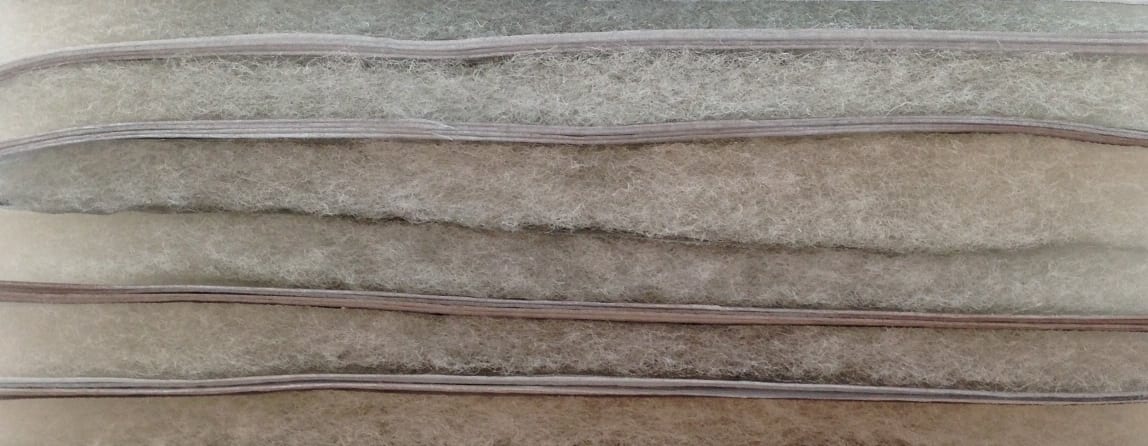Multifoil insulation is commonly known as foil insulation and refers to insulation made up of many layers of sheets of foils and insulating materials. It is largely believed the benefits of super foil insulation include foil as a low emissivity material – or put simply it is highly heat reflective. When used on a floor, wall or roof insulation, multifoil allows heat to be reflected into the room.
But over the years, the internal foils of a multifoil have come under scrutiny and is largely seen as redundant. In one experiment, two layers of foil were placed either side of 12 layers of newspaper. It performed just as well in insulating the building as a typical multifoil does.
It is commonly known that aluminium foil is a great reflector of radiation and is often quoted as having an impressive 90 per cent efficiency in reflectivity. Using this 90 per cent figure as a ballpark, it is easy to demonstrate how effective it is in providing good insulation when it comes to floor, wall or roof insulation.
So, taking into consideration that aluminium foil reflects a minimum of 90 per cent incident radiative energy, the rest of the 10 per cent of the energy will be absorbed by the remainder layers. The first foil layer absorbs one per cent. The second layer also absorbs one per cent of the energy. But as the layers of the multifoil increase inwards, the amount of energy absorbed by them decreases significantly. Assuming all energy is transferred by radiation, the third layer will only absorb 0.1 per cent. Bearing this in mind, it is transparent that the subsequent layers play just a tiny role in preserving energy. Having said that, any radiation the first layer absorbs can be dissipated by the three heat transfer processes, which are commonly known as conduction, convection and radiation.
It is widely known aluminium foil is a great heat conductor and will briskly shift the heat energy throughout the layers. What is even more important is, that aluminium foil will conduct heat energy to any cold bridge such as a joint, a hole or any conductive bridge to the exterior. As a result, this process will lead to a smaller percentage of radiation energy penetrating the initial insulating layer.
But taking into consideration that some radioactive energy is transferred by the first foil layer into the interior of the multifoil, this process will be reflected by the second layer with the same level of efficiency as the first one, which as established, is 90 per cent. And because aluminium is a good reflector, the radiation process will continue to reflect back and forth through all the multifoil layers until it is finally absorbed and conducted away.
So, taking the above multifoil process into consideration, radiative heat transfer cannot alone occur to any significant degree. The convection and conduction process are crucial in playing the main part in transferring heat through the bulk of the multifoil material.
High performance multifoil insulation experts SuperFOIL can be contacted on 01636 639 900, via email on [email protected] or through their website https://www.superfoil.co.uk/

